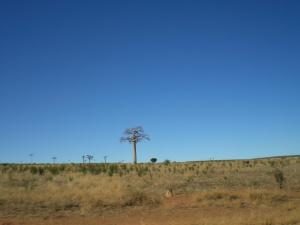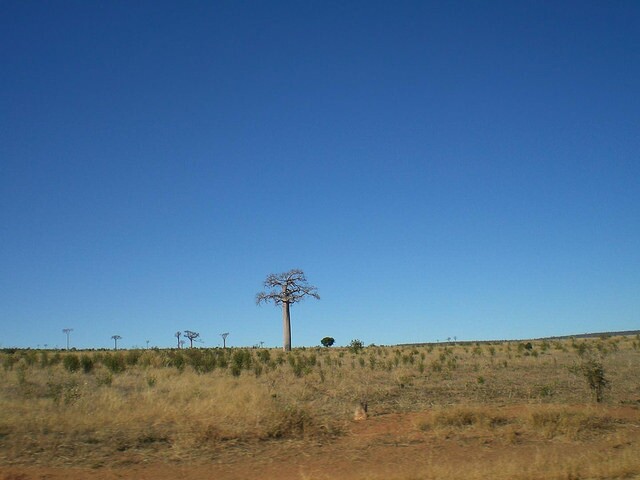
MOLECULAR BIOLOGY AND EVOLUTION (OXFORD UNIVERSITY PRESS)—More than 4,000 years ago, a proto-globalization process started in the Indian Ocean, one of the outcomes being a great human migration of African and Asian peoples spreading across the Indian Ocean to inhabit the fourth largest island in the world, Madagascar. Austronesian peoples came from Borneo on boats, and Bantu migrants crossed over from East Africa. Overall, the Malagasy is thought to be composed of more than a dozen ethnic groups, and the specific geographic, linguistic origins and settlement dates are still hotly debated.
To get at the heart of Malagasy genetic ancestry and reconstruct their history, a research team led by Dr. Francois-Xavier Ricaut investigated genome-wide genotyping data of Malagasy populations along with populations across the Indian Ocean, including two groups of anthropological interest: the Banjar and the Ngaju from Southeast Borneo
A new picture has emerged on the settlement of Madagascar.
Ricaut’s group has shown that the Malagasy genetic diversity is 68 percent African and 32 percent Asian. Based on their evidence, the Banjar were the most probable Asian population that traveled to Madagascar. The genetic dating supports the hypothesis that this Austronesian migration occurred around 1,000 years ago, while the last significant Bantu migration to Madagascar began 300 years later, perhaps following climate change in Africa.
___________________________________________
This is a landscape from South Madagascar. Credit: T. Letellier
_______________________________________________________________
Lastly, the authors propose that a language shift occurred in Southeast Borneo after the migration of Banjar to Madagascar. It is thought that the Banjar, currently speaking a Malay language, presumably spoke a language closer to that reconstructed for Proto-Malagasy. This linguistic change would have followed a major cultural and genetic admixture with Malay, driven by a Malay Empire trading post in Southeast Borneo. The collapse of the Malay Empire during the 15th and 16th centuries could correspond to the end of the Malay gene mix into the Banjar population.
“Our study is the first to reconcile data and hypotheses coming from linguistic, archaeological and genetic research to build an anthropological scenario placing the Malagasy ancestry in the Banjar group, living 6,000 km away,” says Dr. Ricaut.
Source: Edited and adapted from a news release of Molecular Biology and Evolution (Oxford University Press)
_________________________________________________________

______________________________________________
Travel and learn with Far Horizons.
____________________________________________
This richly illustrated issue includes the following stories: Recent findings shedding new light on the whereabouts of the remains of Philip of Macedon, father of Alexander the Great; how an archaeologist-sculptor is bringing bones of the dead back to life; archaeologists uncovering town life at the dawn of civilization; an exclusive interview with internationally acclaimed archaeologist James M. Adovasio about what makes the Meadowcroft Rockshelter prominent in the ongoing search for the first Americans; what archaeologists are finding at the site of the ancient city of Gath, the home town of the biblical Philistine giant, Goliath; and how scientists are redrawing the picture of human evolution in Europe. Find it on Amazon.com.








